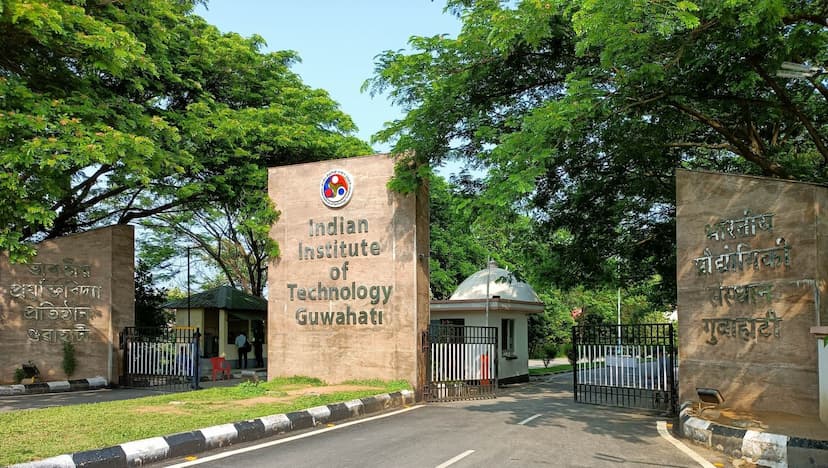IIT Guwahati researchers conduct research in Color Changing Crystals

IIT Guwahati researchers have developed four new Organic Co-crystal systems with potential applications in drug discovery, imaging, therapeutics, fiber-optic communications and optical devices.
The findings of the research have been published recently in the prestigious Journal Nature Communications, say IIT Guwahati researchers.


These compounds find applications across diverse fields, ranging from drug development and materials science to new generation semiconductor devices and sustainable chemistry, say IIT Guwahati researchers.
However, the challenge in working with co-crystals is that most of the reported co-crystals are highly planar and rigid.

They tend to clump together, exhibiting a behaviour called aggregation-caused quenching (ACQ) which makes it difficult to find suitable donor-acceptor pairs and applications, say IIT Guwahati researchers.
IIT Guwahati researchers
A breakthrough in this evolving field has been documented through collaborative research, led by Prof Parameswar K Iyer of IIT Guwahati and scientists from the University of Hyderabad and IISc Bengaluru.
The IIT Guwahati researchers have formulated four novel organic photo-functional co-crystals that can emit light efficiently with minimal loss.

Breakthrough
Speaking about the breakthrough, Prof Parameswar K Iyer, Department of Chemistry & Centre for Nanotechnology, IIT Guwahati said, ”In our research, we engineered four luminescent Co-Crystals using a compound called Twisted Aromatic Hydrocarbons (TAH).
The TAH are distorted in nature which leads to interesting electronic and optical properties. By adjusting the molecular structures, we formed a novel yet unusually highly efficient cis-isomeric co-crystal.
These promising results opened unique avenues for the design and applications of TAH based co-crystals, he said speaking about the work of IIT Guwahati researchers.


This brightness and clarity were useful for studying cells for biomedical applications.
The findings
Explaining the findings by IIT Guwahati researchers, Prof Iyer said the interesting property of these co-crystals is that they easily disperse in water, hence are effectively taken up by cells, resulting in vivid cellular images.
We tested the imaging application and effect of engineered fluorescent co-crystals on breast cancer cells, he said.
Publish
The findings of the research done by IIT Guwahati researchers which was published in the prestigious Journal Nature Communications, was co-authored by Dr Debasish Barman, Dr Mari Annadhasan, Dr Anil Bidkar, Dr Pachaiyappan Rajamalli, Ms. Debika Barman, Prof. Siddartha Sankar Ghosh, Prof. Rajadurai Chandrasekar, and Prof. Parameswar Krishnan Iyer.

Guide
Further, to the cancer therapy potential of these bright co-crystals, these tiny rod-shaped crystals efficiently guide light, making them promising for advanced technologies.
Specifically designed, they could be essential materials for improving communication, particularly in high-speed internet via fiber-optic cables.
These findings open new doors for innovative applications and technologies, marking several key milestones in the field, say IIT Guwahati researchers.
S Vishnu Sharmaa now works with collegechalo.com in the news team. His work involves writing articles related to the education sector in India with a keen focus on higher education issues. Journalism has always been a passion for him. He has more than 10 years of enriching experience with various media organizations like Eenadu, Webdunia, News Today, Infodea. He also has a strong interest in writing about defence and railway related issues.









